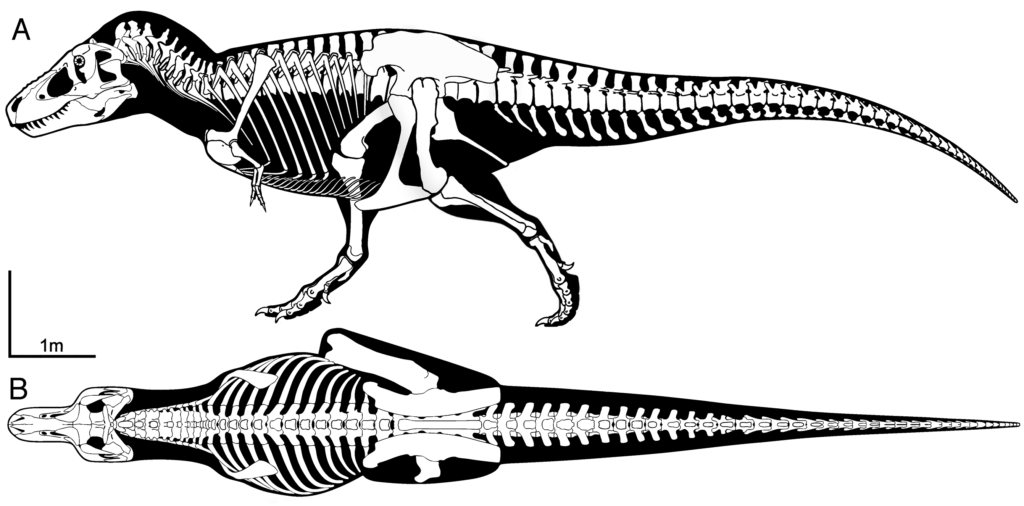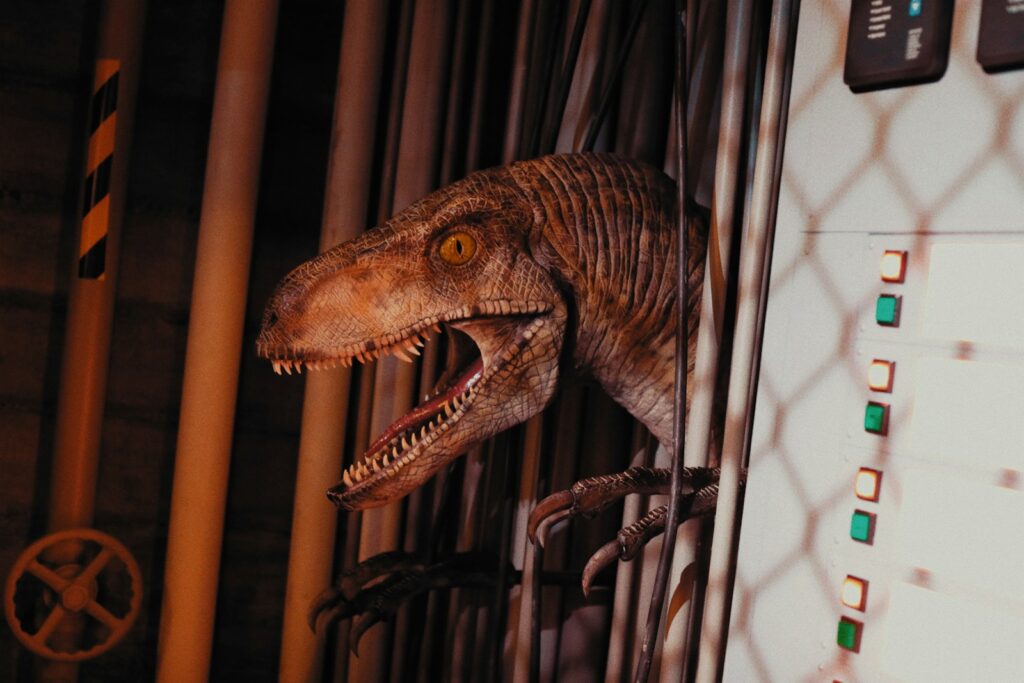In the realm where paleontology meets artistry, Dr. Scott Hartman stands as a pioneering figure who has revolutionized how we visualize extinct creatures. With meticulous attention to scientific accuracy and an artist’s eye for detail, Hartman creates skeletal reconstructions that breathe new life into fossilized remains. His work bridges the gap between scientific data and public understanding, transforming ancient bones into comprehensible images of once-living dinosaurs. Through digital artistry and rigorous anatomical study, Hartman has become one of the most influential scientific illustrators in contemporary paleontology, changing how we see and understand the distant past.
The Journey from Bones to Bytes

Dr. Scott Hartman’s path to becoming a digital dinosaur artist wasn’t straightforward. Beginning with a traditional scientific background in paleontology, he recognized early on that visualization was a powerful tool for understanding extinct animals. His transition from conventional scientific illustration to digital reconstruction coincided with technological advancements that expanded the possibilities for accurate paleontological representation. Unlike earlier paleoartists who relied primarily on imagination to fill anatomical gaps, Hartman developed a methodology grounded in comparative anatomy and biomechanics. This approach allows him to create skeletal diagrams with unprecedented accuracy, using computer software to precisely measure and align bone structures. His evolution as an artist mirrors the evolution of paleontological visualization itself – from speculative renderings to data-driven reconstructions that can be adjusted as new evidence emerges.
The Science Behind the Skeletons

What distinguishes Hartman’s work is his unwavering commitment to scientific rigor. Each reconstruction begins with an extensive analysis of fossil material, often involving direct examination of specimens in museum collections worldwide. He meticulously measures bone proportions, articulation points, and muscle attachment sites to ensure anatomical accuracy. Where fossil evidence is incomplete – a common challenge in paleontology – Hartman applies principles of comparative anatomy, studying related living animals to make informed inferences about missing structures. His background in functional morphology allows him to understand how skeletal elements would have worked together in life. This scientific foundation separates his work from purely artistic interpretations, making his reconstructions valuable research tools for paleontologists. Even the postures he selects for his skeletal diagrams reflect current understanding of dinosaur biomechanics rather than outdated concepts of how these animals moved and stood.
Digital Tools of the Trade
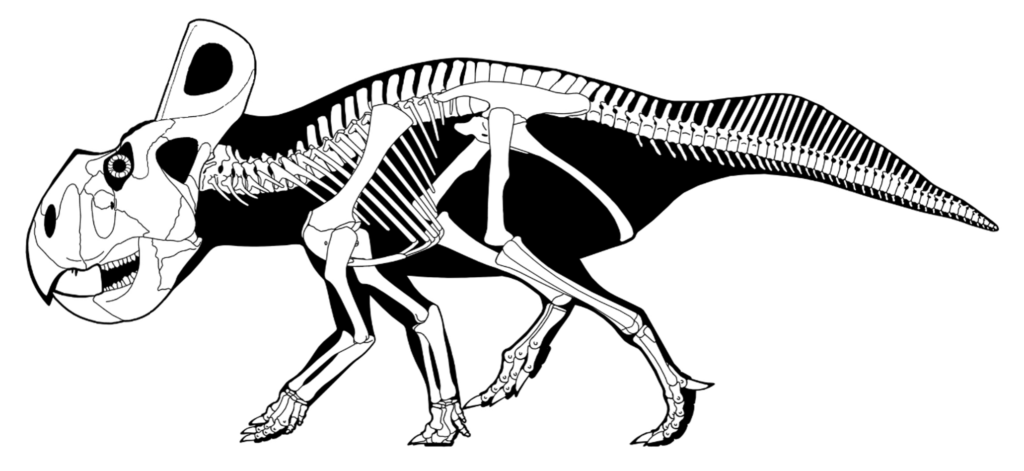
The technical aspects of Hartman’s work involve sophisticated digital tools that have transformed scientific illustration. He primarily works with vector-based software that allows for precise line work and easy modification as new fossil evidence emerges. This approach enables him to create scalable images that maintain their clarity regardless of size, crucial for both detailed scientific publications and large museum displays. Hartman frequently combines traditional drawing skills with digital finishing, beginning with pencil sketches before transitioning to computer rendering. His workflow typically involves creating separate layers for different anatomical systems, allowing him to show or hide muscle groups, internal structures, or external features as needed. This layered approach gives his work versatility for different scientific and educational contexts. The digital nature of his process also facilitates collaboration with other researchers, as reconstructions can be easily shared, annotated, and revised based on collective expertise.
Revolutionizing Dinosaur Posture
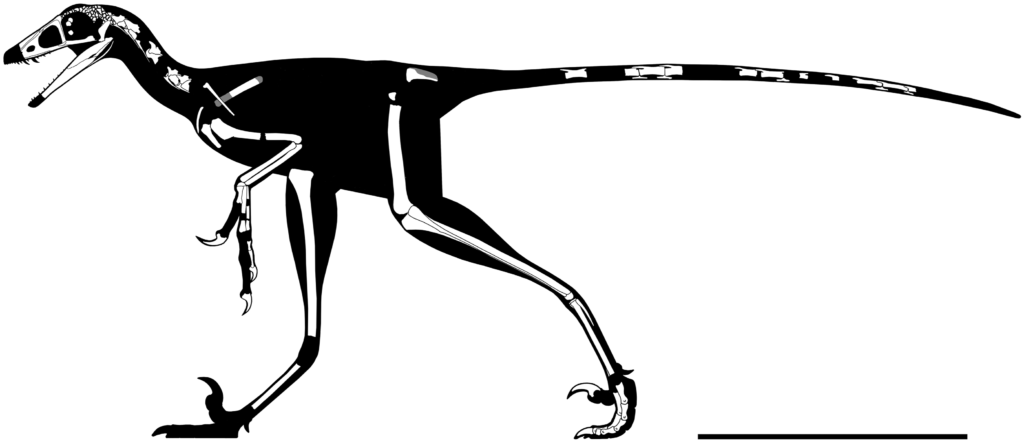
One of Hartman’s most significant contributions has been challenging and correcting inaccurate dinosaur postures that persisted in both scientific literature and popular media. His work has been instrumental in shifting perceptions of how dinosaurs carried themselves, particularly regarding theropod dinosaurs like Tyrannosaurus rex. Where older reconstructions often showed these animals in upright, tail-dragging poses reminiscent of movie monsters, Hartman’s diagrams demonstrate more horizontal postures with counterbalanced tails based on vertebral articulation evidence. His attention to the natural curvature of dinosaur necks has similarly corrected many popular misconceptions. These postural corrections aren’t merely aesthetic choices but reflect fundamental reinterpretations of how these animals functioned as living organisms. By accurately depicting the range of motion and typical postures of extinct animals, Hartman’s work has influenced how researchers understand dinosaur behavior, locomotion, and ecological roles.
The Artistic Elements in Scientific Illustration
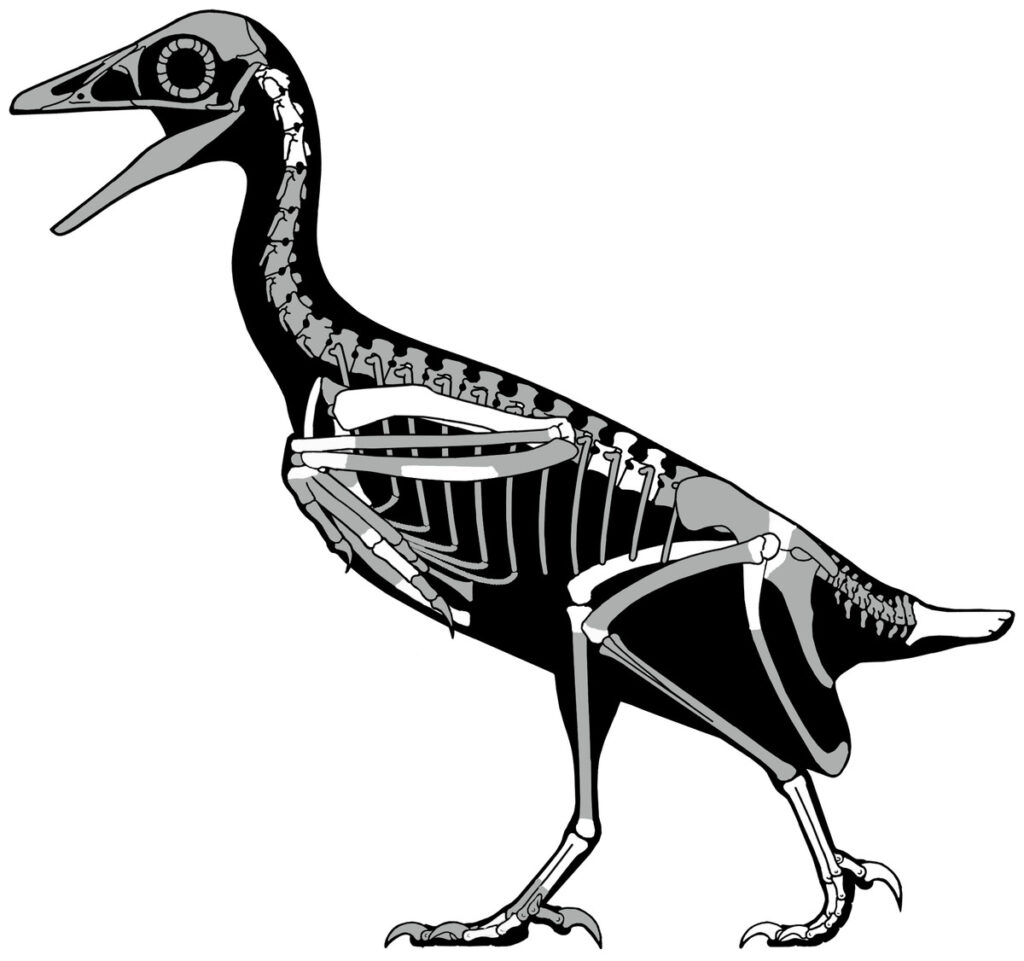
Despite their scientific foundation, Hartman’s reconstructions remain works of art that demonstrate his unique aesthetic sensibilities. His distinctive style balances clarity with elegant line work, creating images that communicate complex anatomical information while remaining visually appealing. He carefully considers composition when arranging skeletal elements, creating dynamic poses that suggest life while maintaining anatomical accuracy. The visual grammar he employs – consistent line weights, thoughtful negative space, and purposeful simplification of complex structures – helps viewers intuitively understand what they’re seeing. This artistic approach makes his work accessible to both scientists and the general public. His ability to distill complex three-dimensional structures into clear two-dimensional diagrams represents a mastery of visual communication that transcends pure technical illustration. Hartman’s work demonstrates that scientific accuracy and artistic expression aren’t mutually exclusive but can reinforce each other to create more powerful educational tools.
From Microraptor to Brontosaurus: A Diverse Portfolio
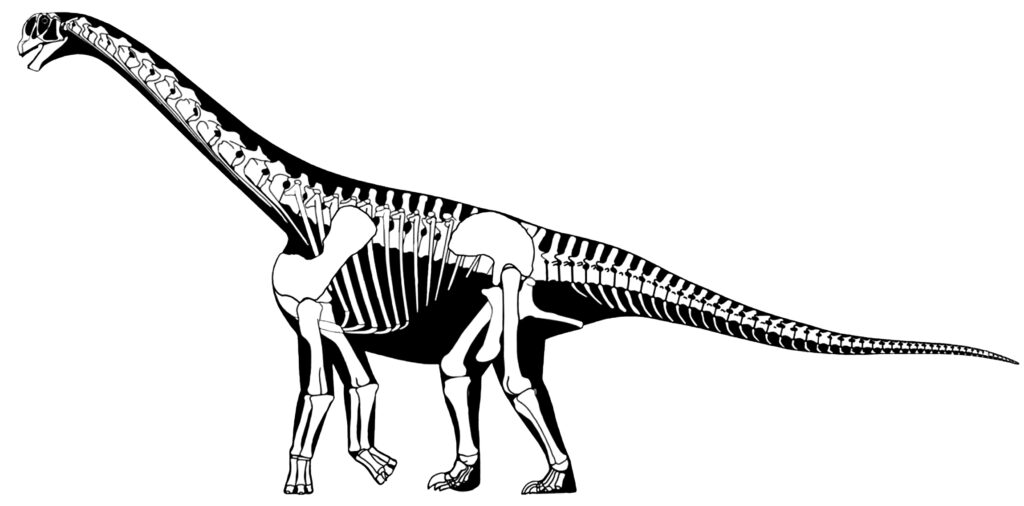
The breadth of Hartman’s reconstructions spans the entire dinosaur family tree and beyond, encompassing hundreds of species from tiny avian dinosaurs to massive sauropods. His work with feathered dinosaurs like Microraptor has been particularly influential, helping visualize the evolutionary transition between non-avian dinosaurs and birds. His reconstructions of famous dinosaurs like Tyrannosaurus and Triceratops have updated public perceptions of these iconic animals with more accurate anatomical details. Beyond dinosaurs, he has created detailed reconstructions of pterosaurs, marine reptiles, and early mammals, demonstrating the anatomical diversity of prehistoric life. His systematic approach to reconstructing entire evolutionary lineages helps scientists and the public understand morphological changes over time. This comprehensive body of work represents one of the most extensive visual libraries of prehistoric animal anatomy ever created by a single artist. Each reconstruction contributes to a cohesive visual framework for understanding extinct animal diversity.
The Impact on Museum Exhibitions
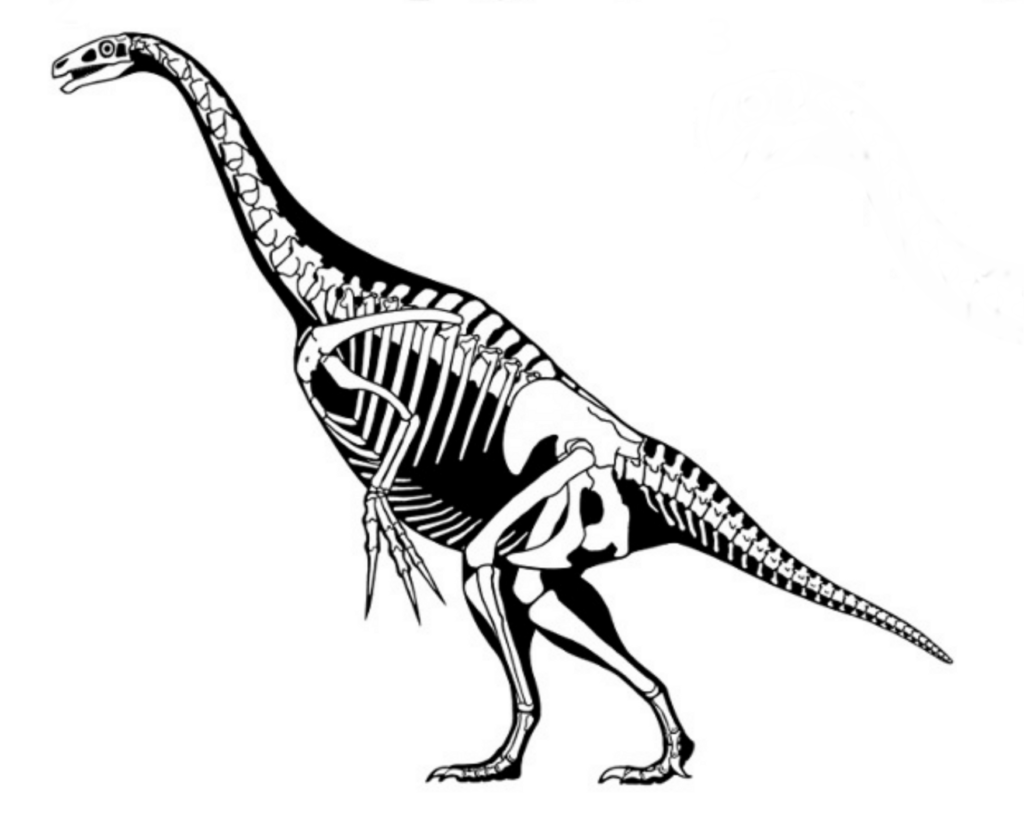
Hartman’s reconstructions have transformed how museums present paleontological information to visitors. His skeletal diagrams appear in permanent and traveling exhibitions at major natural history museums worldwide, providing visual context for fossil displays. Museum curators rely on his work to help visitors understand the relationship between fragmentary fossils and complete animals, bridging the gap between scientific specimens and public comprehension. His reconstructions often inform the creation of three-dimensional skeletal mounts and flesh models, ensuring these displays reflect current scientific understanding. The clarity of his illustrations makes them particularly valuable for educational signage, helping museum visitors of all ages grasp complex anatomical concepts. His digital reconstructions also enable museums to show accurate representations of rare specimens that cannot be displayed as physical fossils. This widespread museum presence has established Hartman’s visual language as a standard for paleontological communication in public education settings.
Collaboration with Research Scientists
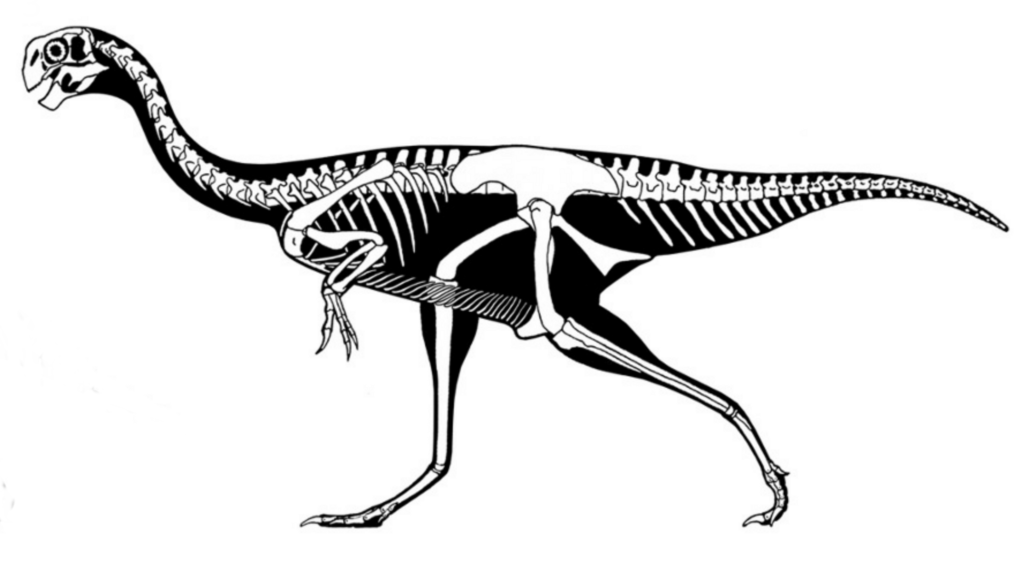
Beyond his petistic contributions, Hartman actively collaborates with paleontological researchers worldwide, providing visual expertise for scientific publications. His reconstructions regularly appear in peer-reviewed journals, helping scientists communicate findings about newly discovered species or anatomical reinterpretations. Researchers frequently consult with him during the descriptive process, using his visualizations to better understand the functional implications of fossil discoveries. His ability to create comparative skeletal series has proven particularly valuable for evolutionary studies examining morphological changes across related species. Through these scientific partnerships, Hartman often contributes directly to research beyond illustration, offering insights about anatomical relationships based on his extensive comparative knowledge. These collaborations ensure his reconstructions remain at the cutting edge of paleontological knowledge while simultaneously helping researchers articulate their discoveries more effectively. His involvement in the research process demonstrates how visual expertise can enhance scientific investigation rather than simply documenting its results.
Educating the Next Generation
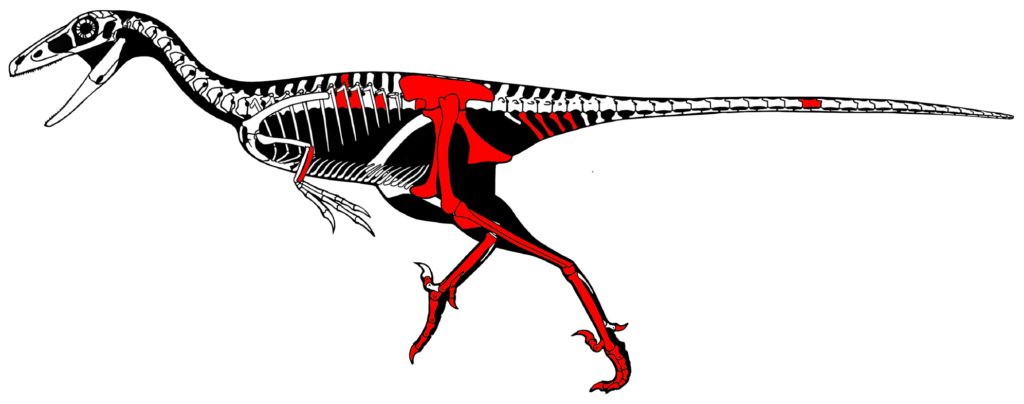
Hartman’s commitment to education extends beyond his artwork to direct teaching and mentorship roles. As a lecturer and educator, he has trained students in both the scientific and artistic aspects of paleontological reconstruction. His workshops on scientific illustration teach aspiring paleoartists how to balance artistic expression with anatomical accuracy. Through his website and social media presence, he provides educational resources that demystify the process of creating scientifically accurate reconstructions. His generous sharing of techniques has elevated the overall quality of paleontological illustration by establishing higher standards for accuracy. Many contemporary paleoartists cite Hartman’s influence on their development and approach to reconstructing extinct animals. By nurturing new talent in this specialized field, he ensures that scientifically rigorous visual communication in paleontology will continue to evolve and improve. His educational legacy extends beyond his artwork to shape how future generations will visualize and understand prehistoric life.
Digital Accessibility and Public Engagement

The digital nature of Hartman’s work has made accurate paleontological reconstructions more accessible than ever before. Through his website, “SkeletalDrawing.com,” he shares a substantial portfolio of his reconstructions, many available for educational use. This open approach has democratized access to scientifically accurate dinosaur imagery, providing alternatives to outdated or inaccurate representations that persist in popular media. His active presence on social media platforms allows him to directly engage with dinosaur enthusiasts, answering questions and explaining the science behind his reconstructions. He regularly shares works-in-progress and explains his decision-making process, providing valuable insights into both the artistic and scientific dimensions of his work. This transparency has built a community of informed dinosaur enthusiasts who better understand the evidence-based nature of paleontological reconstruction. By making accurate information visually appealing and readily available, Hartman bridges the gap between scientific understanding and public perception of prehistoric life.
Challenging Popular Misconceptions

Throughout his career, Hartman has worked tirelessly to correct persistent inaccuracies in how dinosaurs are portrayed in popular culture. His reconstructions provide scientifically sound alternatives to the anatomically incorrect dinosaurs that still appear in many films, books, and toys. He frequently addresses common misconceptions through his blog and social media, explaining why certain popular depictions contradict fossil evidence. His work has been particularly important in updating perceptions of dinosaur posture, proportion, and musculature based on current scientific understanding. By creating visually compelling alternatives to outdated images, he gives content creators better references for depicting prehistoric animals accurately. This effort to improve public understanding extends beyond criticism to offering constructive alternatives and educational resources. His influence can increasingly be seen in more accurate dinosaur depictions appearing in recent documentaries, museum exhibits, and even entertainment media. This gradual shift demonstrates how scientific illustration can eventually reshape broader cultural perceptions.
The Evolution of a Field: From Paleoart to Digital Paleontology
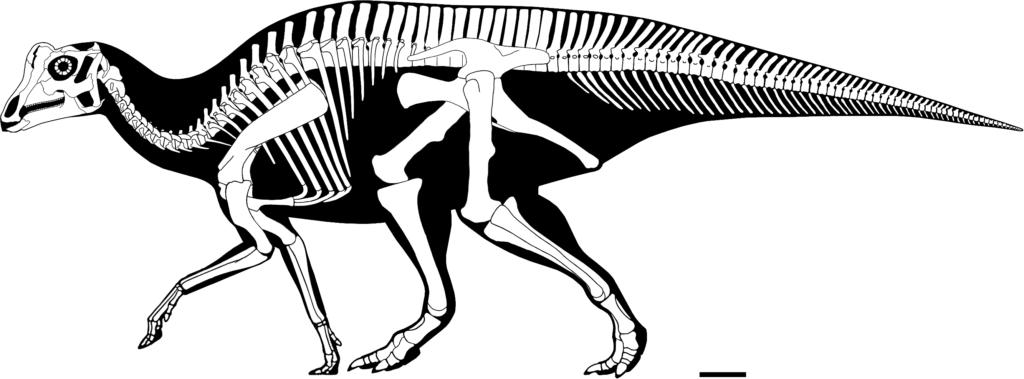
Hartman’s work represents a significant chapter in the evolving relationship between art and science in paleontological visualization. His approach builds upon traditions established by earlier paleoartists like Charles R. Knight and Zdeněk Burian while incorporating modern scientific knowledge and digital techniques. The precision and adaptability of his digital methodology have helped establish a new standard for scientific rigor in prehistoric reconstructions. His influence extends to contemporary scientific illustrators who increasingly incorporate measurable accuracy into their work. The digital tools he employs allow for continuous refinement as new evidence emerges, creating living documents rather than fixed interpretations. This adaptability reflects the iterative nature of scientific understanding itself. His work demonstrates how visualization has evolved from a supplementary illustration of scientific findings to an integral research tool that helps generate new insights. This integration of visual thinking into the scientific process represents a significant methodological advancement in paleontological research. Through this approach, Hartman has helped transform paleoart from imaginative speculation to a disciplined practice that enhances scientific investigation.
Future Horizons: Where Technology Meets Paleontology

As technology continues to evolve, Hartman’s work points toward exciting future directions for digital paleontological reconstruction. His current explorations include three-dimensional modeling that builds upon his two-dimensional skeletal diagrams, creating fully manipulable digital specimens. These models have applications ranging from biomechanical analysis to virtual reality educational experiences. His methodologies are increasingly being incorporated into computational approaches to paleontology, where algorithms can help predict missing anatomical elements based on known relationships. The precision of his reconstructions provides baseline data for machine learning applications in paleontological visualization. His collaborative approach aligns with emerging open-science frameworks that emphasize data sharing and interdisciplinary cooperation. As scanning and imaging technologies advance, his work provides a framework for integrating these new data sources into comprehensive visual models. While embracing these technological possibilities, Hartman maintains that the artist’s understanding of anatomy and the scientist’s interpretation of evidence remain essential human contributions to the process. This balance between technological tools and human expertise will likely define the next chapter in paleontological visualization.
Merging Science and Art: Dr. Hartman’s Impact on Paleo Visualization

Dr. Scott Hartman stands at the intersection of art and science, having fundamentally transformed how we visualize and understand extinct animals. Through meticulous attention to anatomical detail and innovative digital techniques, he has created a new standard for accuracy in paleontological reconstruction. His work serves multiple audiences – advancing scientific research, enhancing museum education, and correcting public misconceptions about prehistoric life. By making his reconstructions widely accessible, he has democratized accurate paleontological information and inspired a new generation of scientifically rigorous paleoartists. As both an artist and scientist, Hartman reminds us that visualization is not merely an afterthought to scientific discovery but an integral part of how we understand the natural world, past and present. His digital dinosaurs aren’t just illustrations; they’re powerful tools for scientific communication that bring the distant past into sharper focus.

